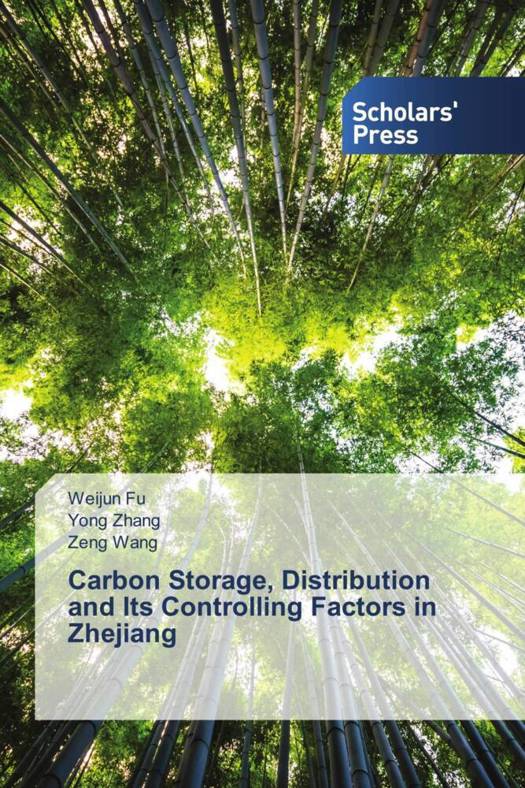
- Afhalen na 1 uur in een winkel met voorraad
- Gratis thuislevering in België vanaf € 30
- Ruim aanbod met 7 miljoen producten
- Afhalen na 1 uur in een winkel met voorraad
- Gratis thuislevering in België vanaf € 30
- Ruim aanbod met 7 miljoen producten
Zoeken
Carbon Storage, Distribution and Its Controlling Factors in Zhejiang
DE
Weijun Fu, Yong Zhang, Zeng Wang
Paperback | Engels
€ 97,45
+ 194 punten
Omschrijving
Spatial pattern information of carbon (C) density and storage in forest ecosystems plays an important role in the evaluation of C sequestration potential and forest management practices. However, such information related to subtropical forests still remain poorly understood. In this boook, the Moran's I, geostatistics and geographical information system (GIS) techniques were applied to reveal the spatial pattern of C stocks in forest ecosystems. Moreover, the typical forest types such as Moso Bamboo forest, Chinese hickory plantation et al. were also chosen to study the carbon distribution and its controlling factors. Our study revealed that in order to enhance the C sequestration potentials, forest management should focus on the selection of tree species, management of stand-age structures and implementation of sustainable afforestation and reforestation practices in the future.
Specificaties
Betrokkenen
- Auteur(s):
- Uitgeverij:
Inhoud
- Aantal bladzijden:
- 236
- Taal:
- Engels
Eigenschappen
- Productcode (EAN):
- 9783659844799
- Verschijningsdatum:
- 25/01/2024
- Uitvoering:
- Paperback
- Formaat:
- Trade paperback (VS)
- Afmetingen:
- 152 mm x 229 mm
- Gewicht:
- 349 g

Alleen bij Standaard Boekhandel
+ 194 punten op je klantenkaart van Standaard Boekhandel
Beoordelingen
We publiceren alleen reviews die voldoen aan de voorwaarden voor reviews. Bekijk onze voorwaarden voor reviews.











